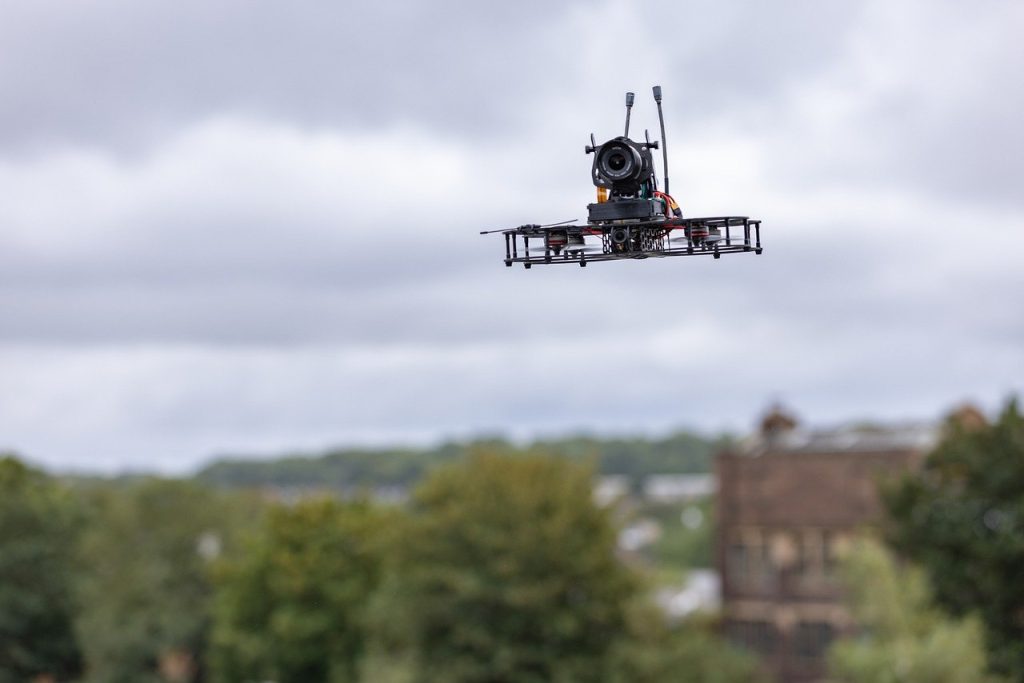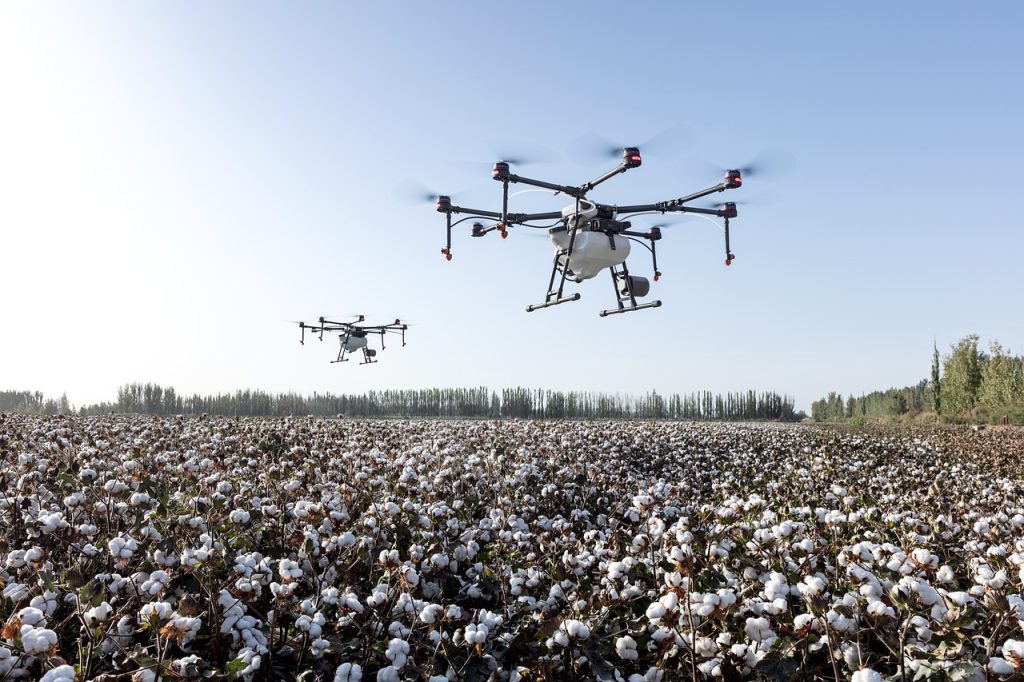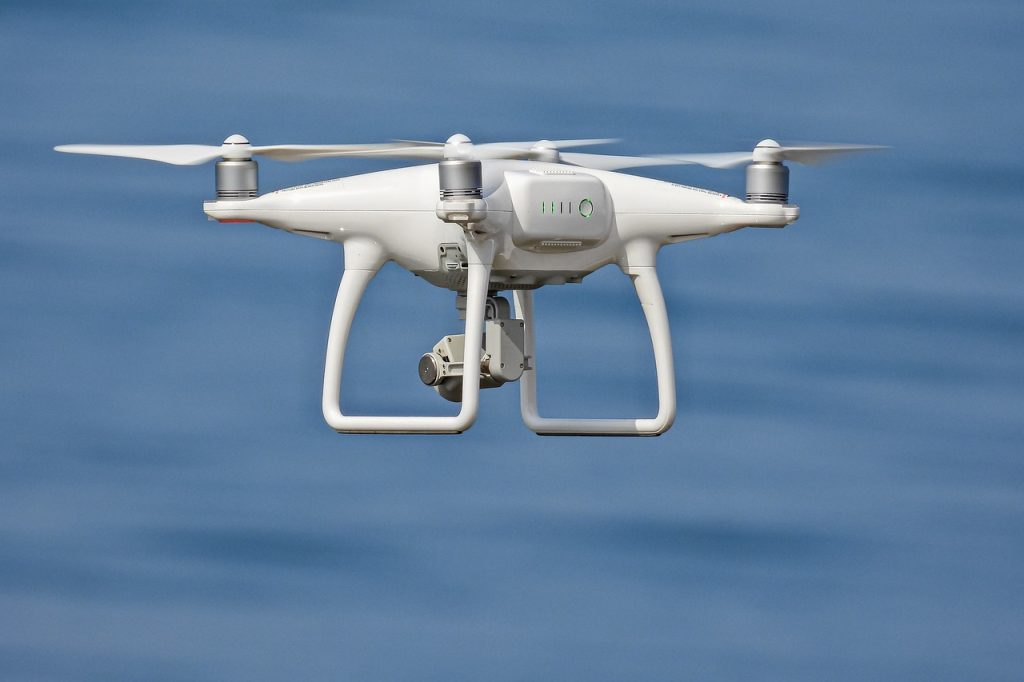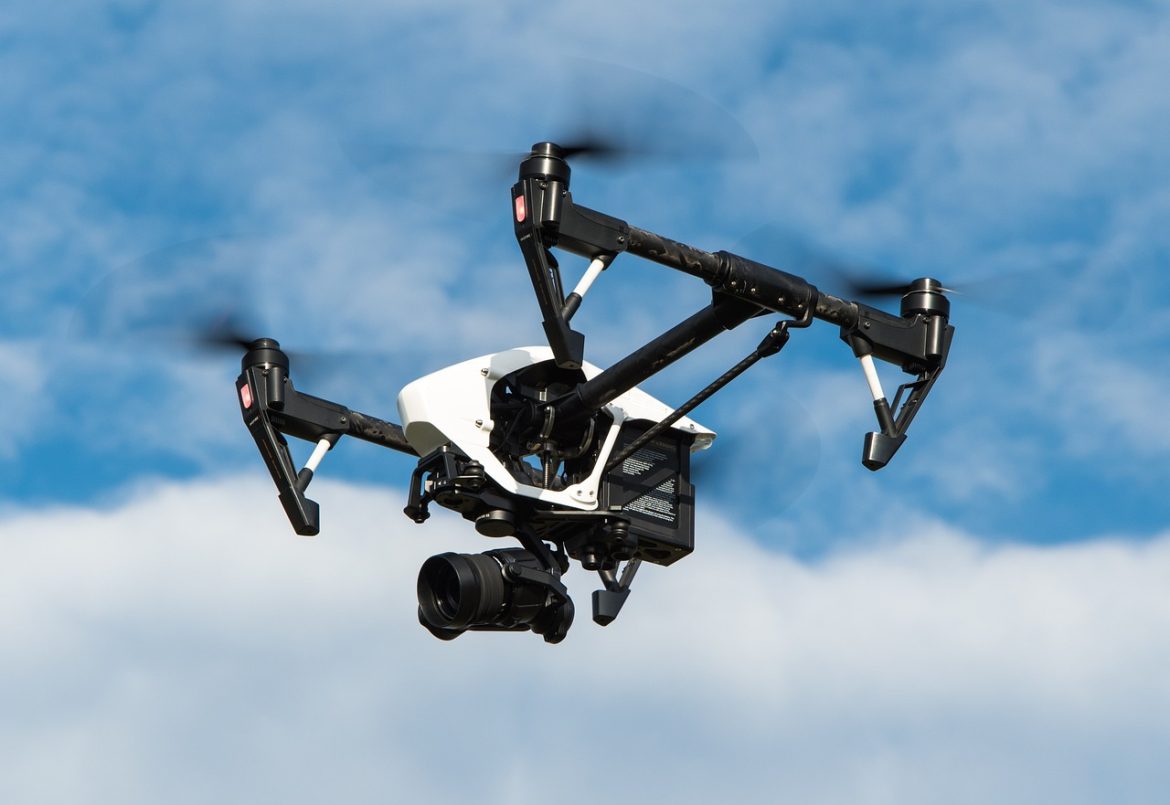Autonomous drones, also known as unmanned aerial vehicles (UAVs), represent a significant leap forward in the realm of aerial technology. These sophisticated machines operate with minimal human intervention, relying on advanced sensors, artificial intelligence (AI), and machine learning algorithms to navigate and perform tasks. As they become increasingly integrated into various industries, autonomous drones are transforming how we approach tasks ranging from surveillance and delivery to agriculture and disaster response. This article explores the technology behind autonomous drones, their diverse applications, benefits, challenges, and future prospects.

Understanding Autonomous Drones
Autonomous drones are designed to perform missions without direct human control. They use a combination of sensors, cameras, GPS, and AI to navigate, make decisions, and execute tasks. The key components of autonomous drones include:
- Sensors and Cameras:
- Navigation Sensors: Drones are equipped with various sensors, such as accelerometers, gyroscopes, and magnetometers, to measure their orientation and movement. These sensors help the drone maintain stability and navigate accurately.
- Cameras and LIDAR: High-resolution cameras and LIDAR (Light Detection and Ranging) systems capture detailed imagery and spatial data. These tools enable drones to recognize objects, create 3D maps, and avoid obstacles.
- Artificial Intelligence and Machine Learning:
- AI Algorithms: Autonomous drones use AI algorithms to analyze data from sensors and cameras, make real-time decisions, and adjust their flight paths. Machine learning models are trained to recognize patterns, identify objects, and predict outcomes.
- Navigation and Control: AI-driven navigation systems allow drones to plan and execute complex flight paths, adapt to changing conditions, and optimize their routes.
- Communication Systems:
- Data Transmission: Autonomous drones rely on communication systems to transmit data to ground control stations or other drones. This allows for real-time monitoring, data sharing, and coordination.
- Remote Operation: Although designed for autonomy, drones can also be remotely operated when necessary, providing a backup option for mission control.
Applications of Autonomous Drones
- Surveillance and Security:
- Public Safety: Autonomous drones are increasingly used for surveillance and monitoring in public safety applications. They can patrol areas, detect suspicious activities, and provide real-time video feeds to law enforcement agencies.
- Infrastructure Inspection: Drones are employed to inspect critical infrastructure, such as bridges, power lines, and pipelines. They provide detailed imagery and data, helping identify maintenance needs and potential issues.
- Delivery Services:
- Package Delivery: Autonomous drones are revolutionizing the logistics industry by providing rapid and efficient package delivery services. Companies are using drones to deliver packages, medical supplies, and groceries to remote or hard-to-reach locations.
- Last-Mile Logistics: Drones offer solutions for last-mile delivery, reducing delivery times and costs. They can navigate traffic and obstacles to reach customers more quickly than traditional delivery methods.
- Agriculture:
- Crop Monitoring: In agriculture, autonomous drones are used to monitor crop health, assess soil conditions, and optimize irrigation. They capture aerial imagery and analyze data to help farmers make informed decisions and improve yields.
- Precision Agriculture: Drones enable precision agriculture by providing detailed insights into crop conditions. This allows for targeted application of fertilizers and pesticides, reducing waste and enhancing productivity.
- Disaster Response:
- Search and Rescue: During natural disasters, autonomous drones play a crucial role in search and rescue operations. They can quickly survey affected areas, locate survivors, and provide real-time information to emergency responders.
- Damage Assessment: Drones are used to assess damage in disaster-stricken areas. They provide aerial views of destruction, helping authorities prioritize response efforts and allocate resources effectively.
- Environmental Monitoring:
- Wildlife Conservation: Autonomous drones are employed to monitor wildlife populations, track migration patterns, and prevent poaching. They provide valuable data for conservation efforts and help protect endangered species.
- Climate Research: Drones assist in climate research by collecting data on atmospheric conditions, greenhouse gas emissions, and environmental changes. This information contributes to our understanding of climate change and its impact.

Benefits of Autonomous Drones
- Efficiency and Cost Savings:
- Reduced Labor Costs: Autonomous drones can perform tasks that would otherwise require human labor, reducing operational costs and increasing efficiency.
- Speed and Precision: Drones can complete missions quickly and with high precision. They offer faster data collection and processing compared to traditional methods.
- Enhanced Safety:
- Risk Reduction: Drones can perform hazardous tasks, such as inspecting infrastructure or surveying disaster zones, without putting human lives at risk. This enhances safety for both workers and the public.
- Real-Time Monitoring: Drones provide real-time data and situational awareness, allowing for timely decision-making and response.
- Data Collection and Analysis:
- High-Resolution Imaging: Autonomous drones capture high-resolution imagery and detailed data, providing valuable insights for various applications, from agriculture to environmental monitoring.
- Data Integration: The ability to integrate and analyze data from multiple sources enhances decision-making and improves outcomes.
Challenges and Considerations
- Regulatory and Legal Issues:
- Airspace Regulations: The use of autonomous drones is subject to regulations governing airspace and flight operations. Compliance with these regulations is essential for safe and legal drone operation.
- Privacy Concerns: The use of drones for surveillance and data collection raises privacy concerns. Ensuring that drones are used responsibly and in compliance with privacy laws is crucial.
- Technical Limitations:
- Battery Life and Range: Autonomous drones are limited by battery life and operational range. Advancements in battery technology and energy efficiency are needed to extend flight times and coverage.
- Weather Conditions: Adverse weather conditions, such as strong winds or heavy rain, can affect drone performance and safety. Developing drones that can operate in various weather conditions is a key challenge.
- Security Risks:
- Cybersecurity: Autonomous drones are vulnerable to cyber threats, such as hacking and data breaches. Ensuring robust cybersecurity measures is essential to protect drone systems and data.
- Anti-Drone Measures: As drone technology advances, there is a growing need for countermeasures to prevent unauthorized drone use and mitigate potential security risks.
Future Trends in Autonomous Drones
- Advancements in AI and Machine Learning:
- Enhanced Autonomy: Future developments in AI and machine learning will further enhance the autonomy and capabilities of drones. Improved algorithms will enable more sophisticated decision-making and adaptive behavior.
- Swarm Technology: Research into swarm technology will allow multiple drones to work together seamlessly, coordinating tasks and covering larger areas efficiently.
- Integration with 5G and IoT:
- Real-Time Connectivity: Integration with 5G networks will provide faster and more reliable data transmission, enabling real-time communication and control of autonomous drones.
- IoT Integration: Drones will increasingly be integrated with the Internet of Things (IoT) ecosystem, allowing for seamless data exchange and collaboration with other smart devices and systems.
- Broader Adoption Across Industries:
- Commercial Applications: The adoption of autonomous drones will continue to expand across various industries, including construction, energy, and transportation. They will play a key role in transforming operations and enhancing efficiency.
- Consumer Use: As technology advances, consumer applications of autonomous drones, such as recreational use and personal photography, will become more prevalent.

Conclusion
Autonomous drones are revolutionizing the way we interact with aerial technology, offering new possibilities for efficiency, safety, and innovation. With applications spanning surveillance, delivery, agriculture, disaster response, and environmental monitoring, these advanced machines are transforming various industries and enhancing our ability to address complex challenges. While challenges related to regulation, technical limitations, and security remain, ongoing advancements and future trends promise to drive further innovation and expand the potential of autonomous drones. As technology continues to evolve, autonomous drones will play an increasingly important role in shaping the future of aerial operations and applications.


